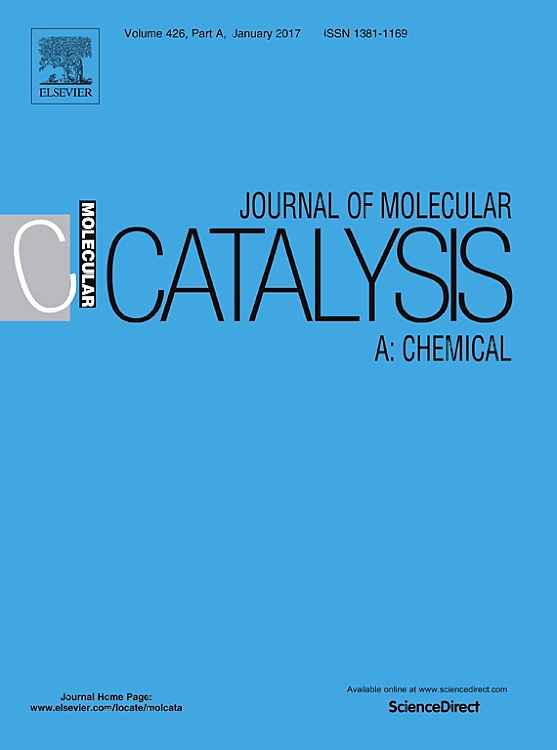弓形虫液泡内网络相关致密颗粒蛋白调节囊基质和囊壁成熟
摘要
弓形虫通过在大脑中形成厚壁囊肿来建立人类的慢性感染。如果宿主免疫力下降,囊肿会重新激活,导致严重的,通常是致命的弓形虫脑炎。目前还没有有效的治疗方法来消除囊肿或防止其再次激活。此外,人们对重要的、有特征的囊肿基质和囊肿壁结构是如何发展的还知之甚少。在这里,我们观察并追踪了弓形虫液泡内网络相关致密颗粒(GRA)蛋白在体外囊肿发育过程中的定位。在发育中的囊肿中,空泡内网状GRAs存在于囊肿基质内和囊壁处,空泡内网络相关GRAs的遗传缺失降低了囊壁物质在囊肿周围的积聚率。我们的研究结果表明,液泡内网络相关的GRA,特别是GRA2和GRA12,在囊肿基质和囊肿壁结构的发育和成熟中发挥着动态和重要的作用。关于慢性弓形虫囊肿是如何发展的,目前知之甚少。在这里,我们研究了在速殖子期寄生蜂液泡分化后体外囊肿发育过程中液泡内网络相关致密颗粒(GRA)蛋白GRA1、GRA2、GRA4、GRA6、GRA9和GRA12。分化后第1天,GRA1、GRA4、GRA6、GRA9和GRA12在囊肿周围与双花多立克氏凝集素染色共定位。相反,GRA2保留在囊肿基质中。分化后第2天,与GRA2在囊肿周围的定位一致,GRA1、GRA4、GRA6和GRA9在囊肿中建立了连续的基质模式。相反,在整个囊肿发育过程中,GRA2和GRA12共定位在突出的囊肿基质点状。GRA2、GRA6和GRA12主要分布在囊壁的外层和内层,GRA1、GRA4和GRA9主要分布在囊壁的内层。分化后第7天,GRA2和GRA12在囊壁中共定位。然而,在分化后第10天,GRA12从囊肿壁重新定位到囊肿基质中的点状。Δgra2寄生虫的分化显示建立正常囊肿基质的能力存在缺陷。此外,除GRA1外,任何液泡内网络相关的GRA蛋白的缺失都降低了囊壁蛋白在囊肿周边相对于囊肿内部的积聚率。我们的研究结果揭示了囊肿发育过程中GRA蛋白定位的动态模式,并表明液泡内网络相关的GRA蛋白调节囊肿基质和囊壁结构的形成和成熟。重要性弓形虫通过在大脑中形成厚壁囊肿,在人类中建立慢性感染。如果宿主免疫力下降,囊肿会重新激活,导致严重的,通常是致命的弓形虫脑炎。目前还没有有效的治疗方法来消除囊肿或防止其再次激活。此外,人们对重要的、有特征的囊肿基质和囊肿壁结构是如何发展的还知之甚少。在这里,我们观察并追踪了弓形虫液泡内网络相关致密颗粒(GRA)蛋白在体外囊肿发育过程中的定位。在发育中的囊肿中,空泡内网状GRAs存在于囊肿基质内和囊壁处,空泡内网络相关GRAs的遗传缺失降低了囊壁物质在囊肿周围的积聚率。我们的研究结果表明,液泡内网络相关的GRA,特别是GRA2和GRA12,在囊肿基质和囊肿壁结构的发育和成熟中发挥着动态和重要的作用。Little is known regarding how the chronic Toxoplasma gondii cyst develops. Here, we investigated intravacuolar-network-associated dense granule (GRA) proteins GRA1, GRA2, GRA4, GRA6, GRA9, and GRA12 during cyst development in vitro after differentiation of the tachyzoite-stage parasitophorous vacuole. By day 1 postdifferentiation, GRA1, GRA4, GRA6, GRA9, and GRA12 colocalized with Dolichos biflorus agglutinin stain at the cyst periphery. In contrast, GRA2 remained in the cyst matrix. By day 2 postdifferentiation, coinciding with localization of GRA2 to the cyst periphery, GRA1, GRA4, GRA6, and GRA9 established a continuous matrix pattern in the cyst. In contrast, GRA2 and GRA12 were colocalized in prominent cyst matrix puncta throughout cyst development. While GRA2, GRA6, and GRA12 localized in outer and inner layers of the cyst wall, GRA1, GRA4, and GRA9 localized predominantly in the inner layers of the cyst wall. GRA2 and GRA12 were colocalized in the cyst wall by day 7 postdifferentiation. However, by day 10 postdifferentiation, GRA12 was relocalized from the cyst wall to puncta in the cyst matrix. Differentiation of Δgra2 parasites revealed a defect in the ability to establish a normal cyst matrix. In addition, the deletion of any intravacuolar-network-associated GRA protein, except GRA1, reduced the rate of accumulation of cyst wall proteins at the cyst periphery relative to the cyst interior. Our findings reveal dynamic patterns of GRA protein localization during cyst development and suggest that intravacuolar-network-associated GRA proteins regulate the formation and maturation of the cyst matrix and cyst wall structures.IMPORTANCEToxoplasma gondii establishes chronic infection in humans by forming thick-walled cysts that persist in the brain. If host immunity wanes, cysts reactivate to cause severe, and often lethal, toxoplasmic encephalitis. There is no available therapy to eliminate cysts or to prevent their reactivation. Moreover, how the vital and characteristic cyst matrix and cyst wall structures develop is poorly understood. Here, we visualized and tracked the localization of Toxoplasma intravacuolar-network-associated dense granule (GRA) proteins during cyst development in vitro Intravacuolar-network GRAs were present within the cyst matrix and at the cyst wall in developing cysts, and genetic deletion of intravacuolar-network-associated GRAs reduced the rate of accumulation of cyst wall material at the cyst periphery. Our results show that intravacuolar-network-associated GRAs, particularly GRA2 and GRA12, play dynamic and essential roles in the development and maturation of the cyst matrix and the cyst wall structures.

 求助内容:
求助内容: 应助结果提醒方式:
应助结果提醒方式:


